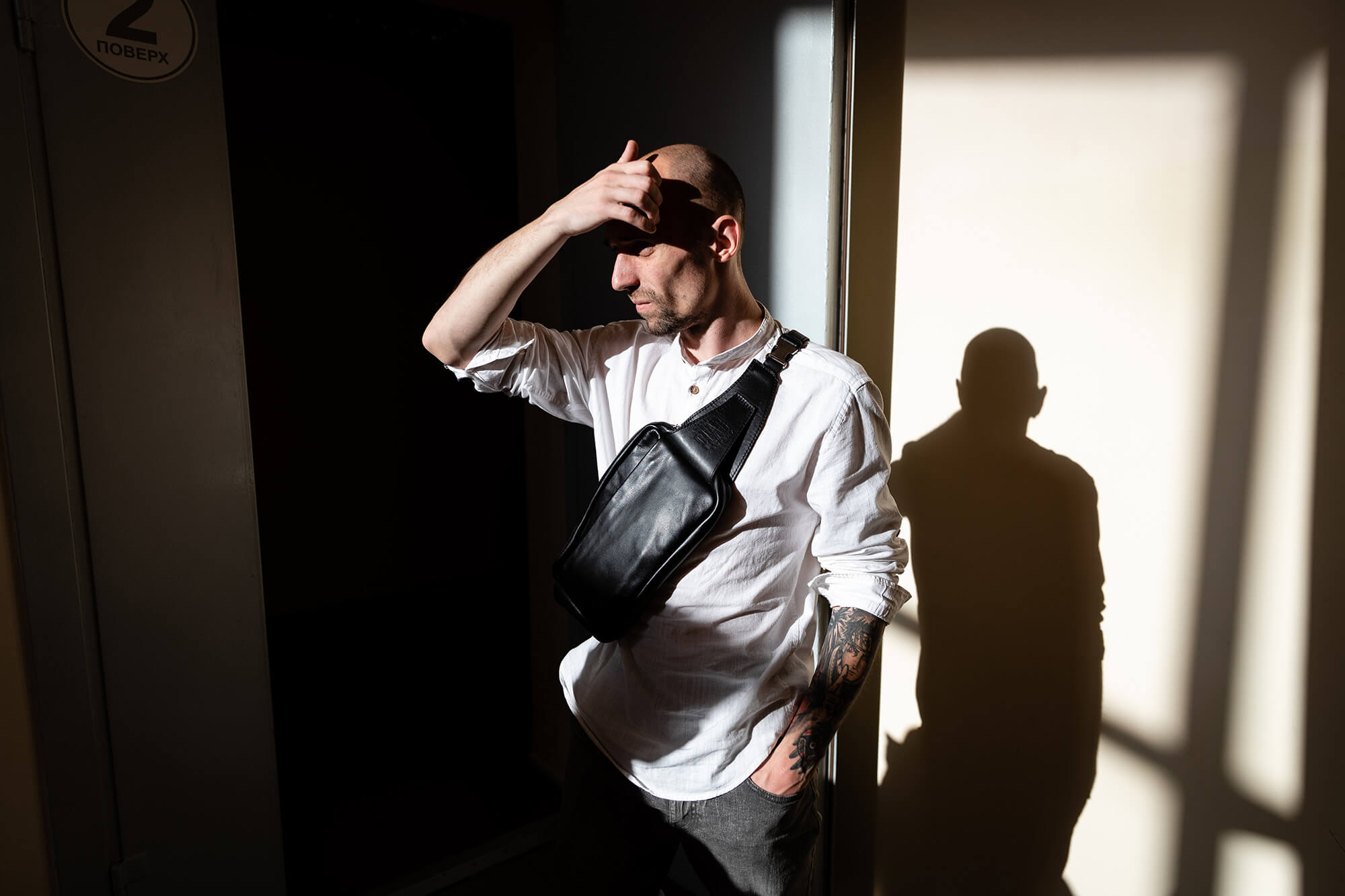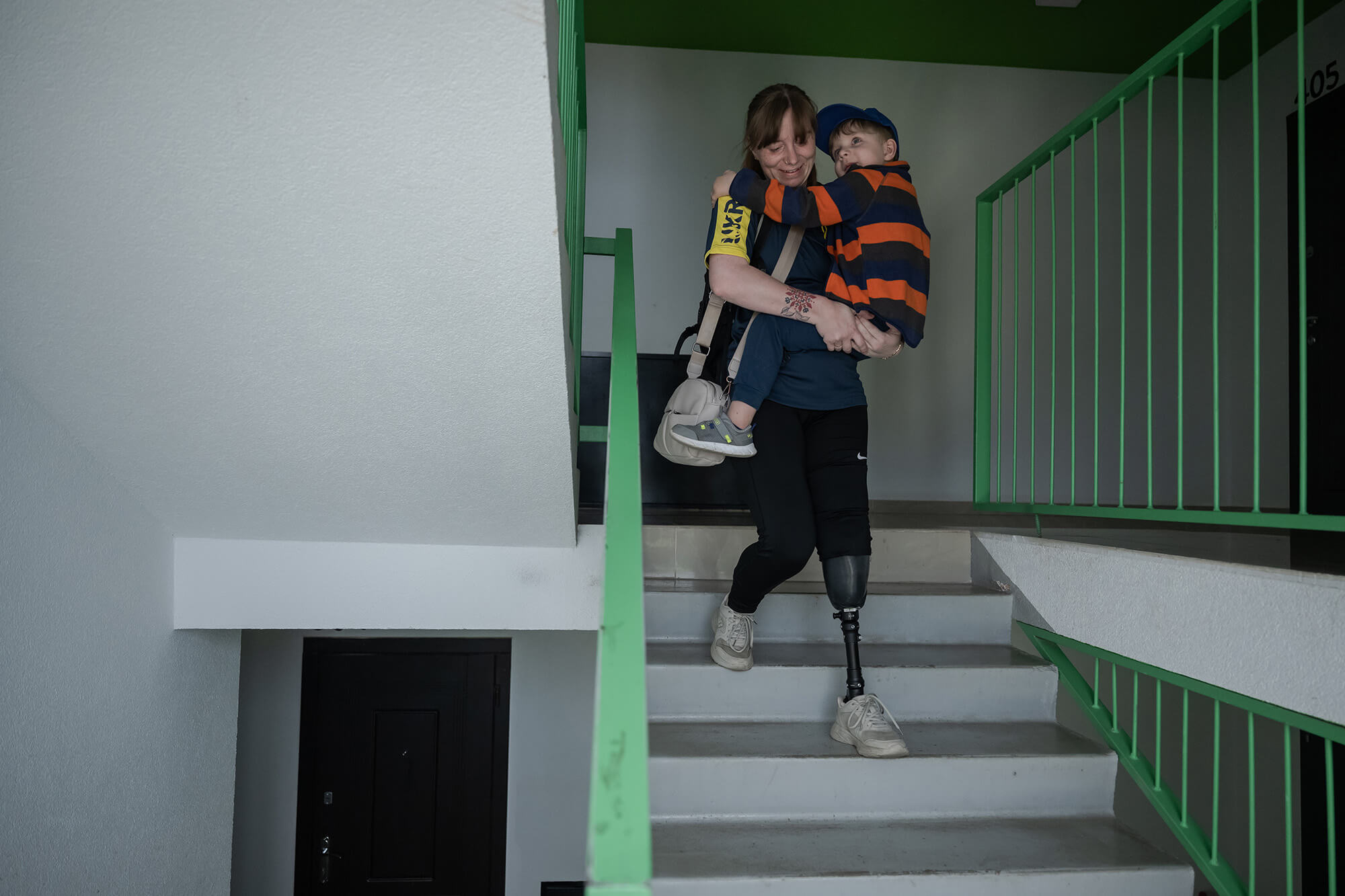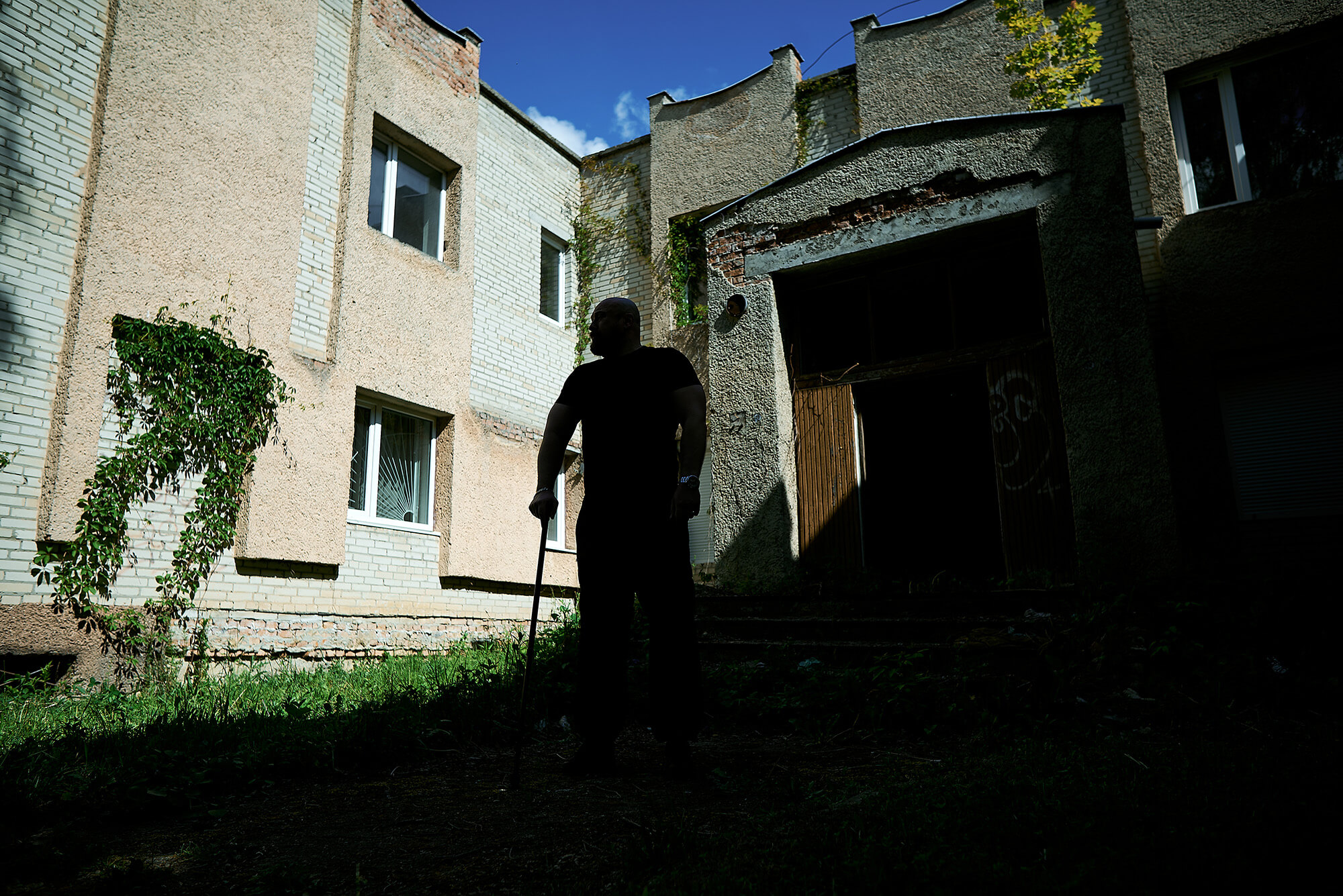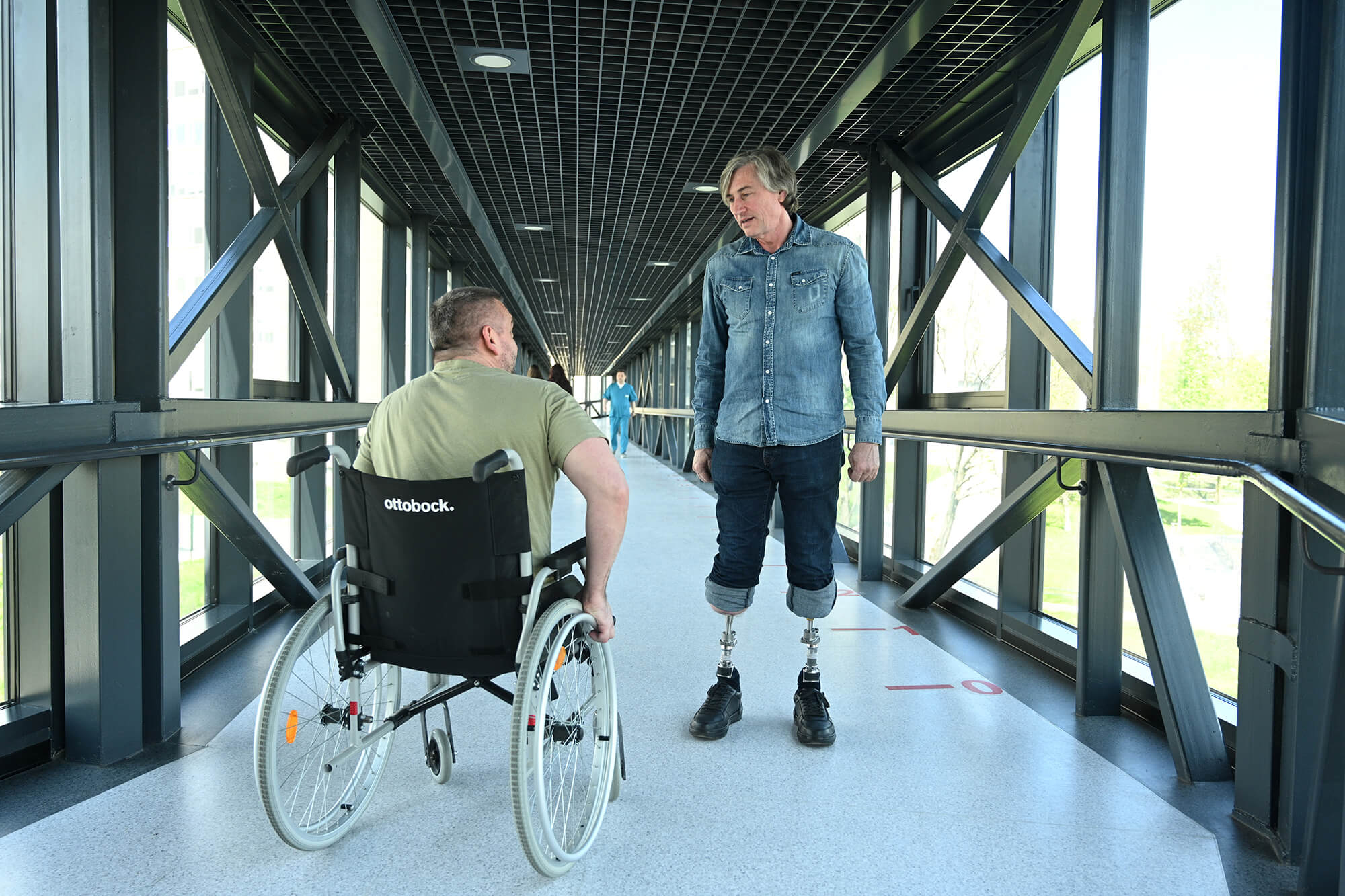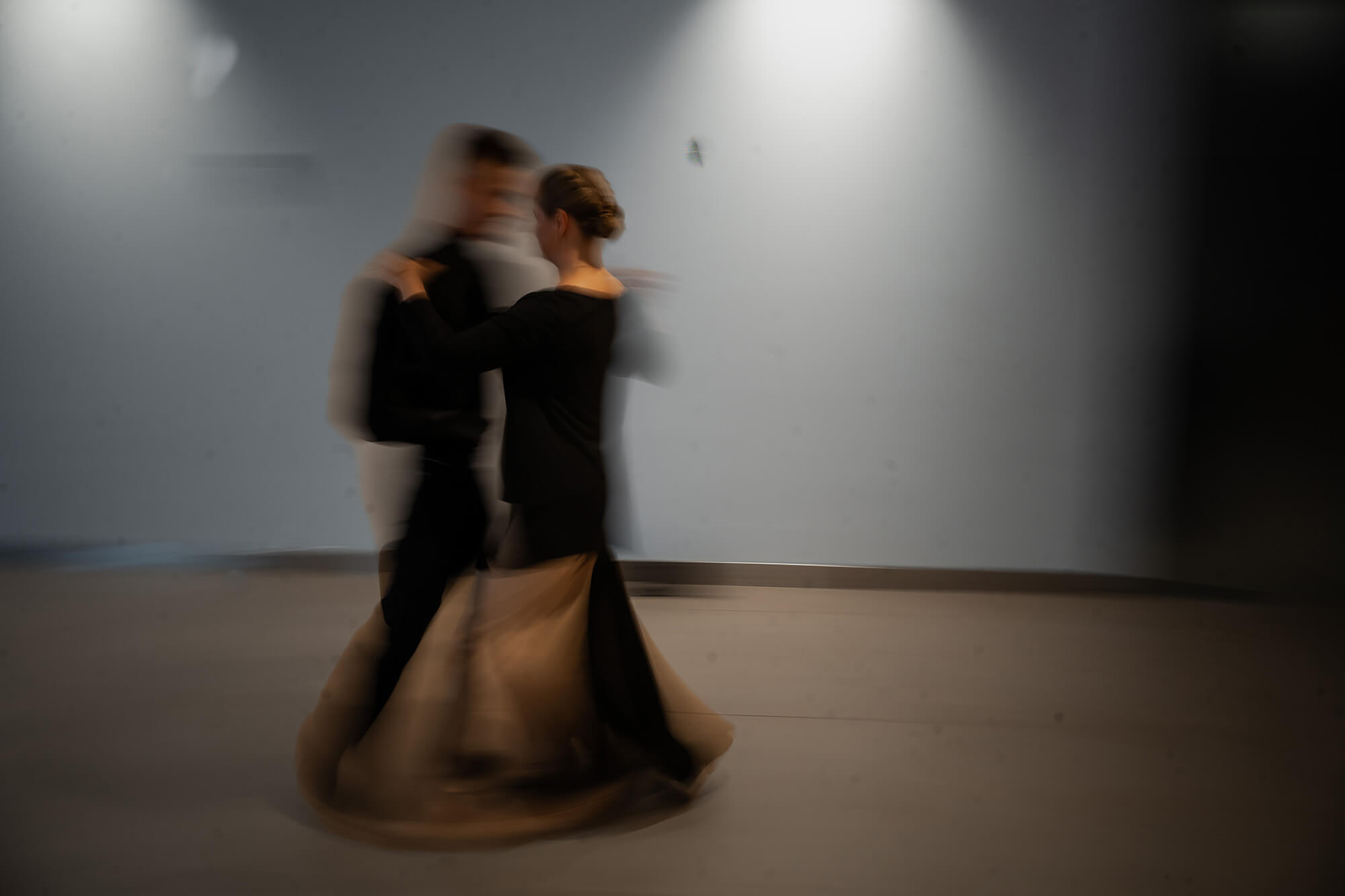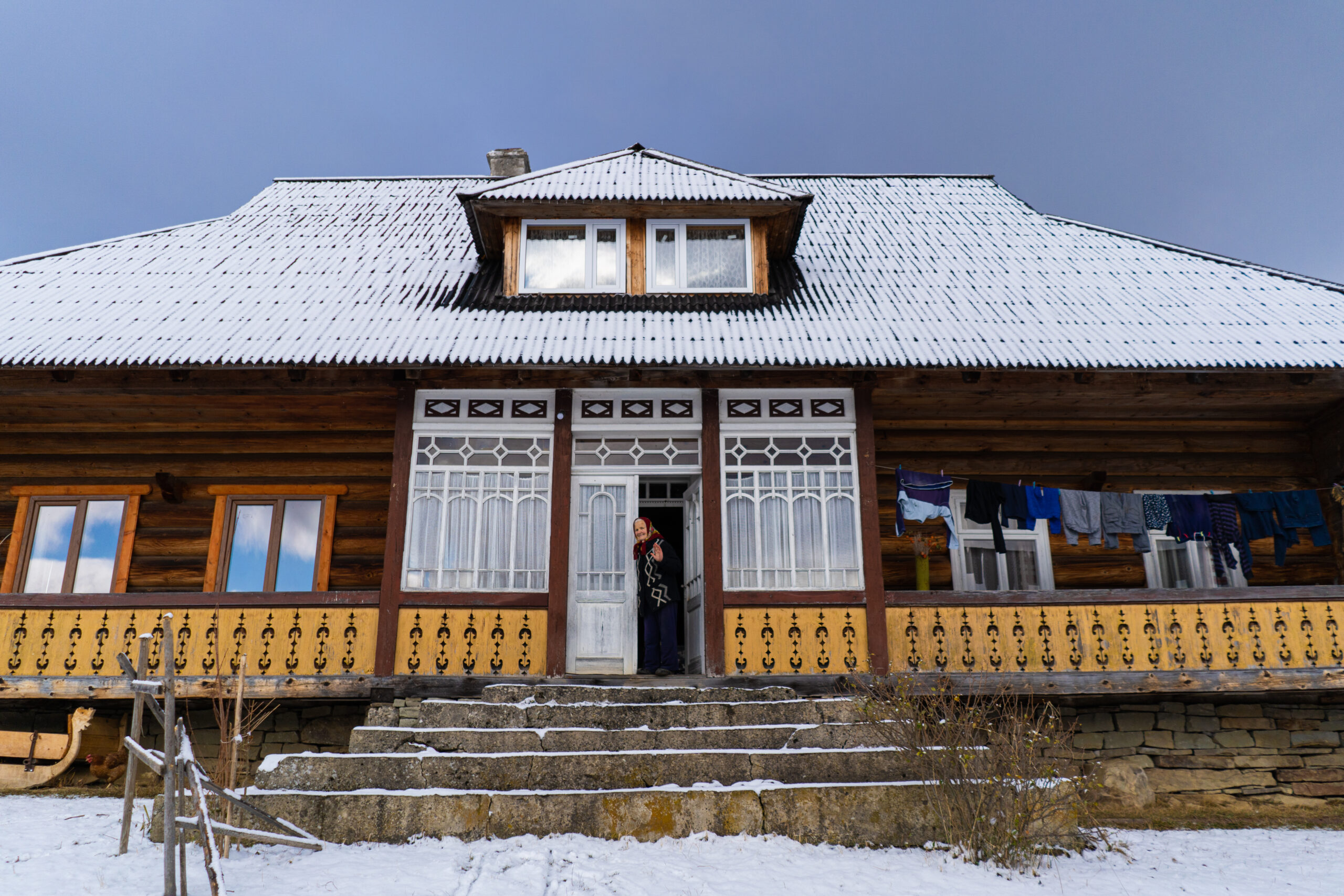
Peasant Houses without Cossack Trousers
A peasant house is not just a dwelling, but an entire world created by people to live in and experience. Today, old-world Ukrainian peasant houses are a thing of the past, relentlessly crumbling away. That is why it is important to capture this fragile element of Ukrainian culture—and to do it while the houses are still standing and the people who are able to tell the story of their lives in those dwellings are still alive. Two sisters, reporter Svitlana Oslavska and photographer Anna Ilchenko, went on a trip all over Ukraine to show the beauty and diversity of rural architecture from Polissia to Bessarabia, from Zakarpattia to Donbas as part of the Old Khata Project.
“Ukrainian house. What do you think of when you read these two words? If you live in a village, you may think about your own house. Otherwise, I’m afraid, your first association is a wattle and daub hut with a thatched roof and some mallows in front of it.
There is something wrong with this image. And the problem with it is its low-brow, kitsch nature. Its disingenuousness turns people off—and this is one of the reasons why we do not accept rural architecture as part of modern Ukrainian culture.
Wattle and daub huts with thatched roofs actually existed in the regions that are now part of Central and Eastern Ukraine in the 19th and 20th centuries and long before that. We can still see them in some areas: for example, in the village of Mayaky in the Donetsk region there is a museum dedicated to wattle and daub huts. Yet, there are no villages composed of such houses these days, so the whole thing seems dishonest and we want nothing to do with this image. The very phrase ‘Ukrainian peasant house’ already carries an archaic pathos and nostalgia for the imaginary golden age of Ukrainian society—as if someone wearing a folk costume is reciting Shevchenko’s poetry from the stage. And we feel that this is not about us. But how can rural architecture be in any way ‘about us?’
First of all, let us try cleaning the Ukrainian peasant house from ideology. To do this, let us take a look at the variety of rural houses in Ukraine as if for the first time. Wattle and daub houses with thatched roofs, wooden Carpathian log cabins, Zakarpattia houses covered with thin wooden plates called ‘shingles,’ Polissia houses with invariably blue windows, Severia houses with carved shutters. . . Looking at them, we realize one simple thing—they are beautiful. Just beautiful, without this forced admiration burdened by agrarian socialism. And they are so beautiful that they make you want to take photos of them, share them on Instagram, admire the harmony of their shapes, colors, and materials.
But today rural architecture is barely noticed or spoken about. The people living in these houses, who built them, are not used to talking about them because it is part of their everyday life. While city dwellers simply do not perceive this part of our heritage and modernity as ‘their own,’ as something of interest and relevance.
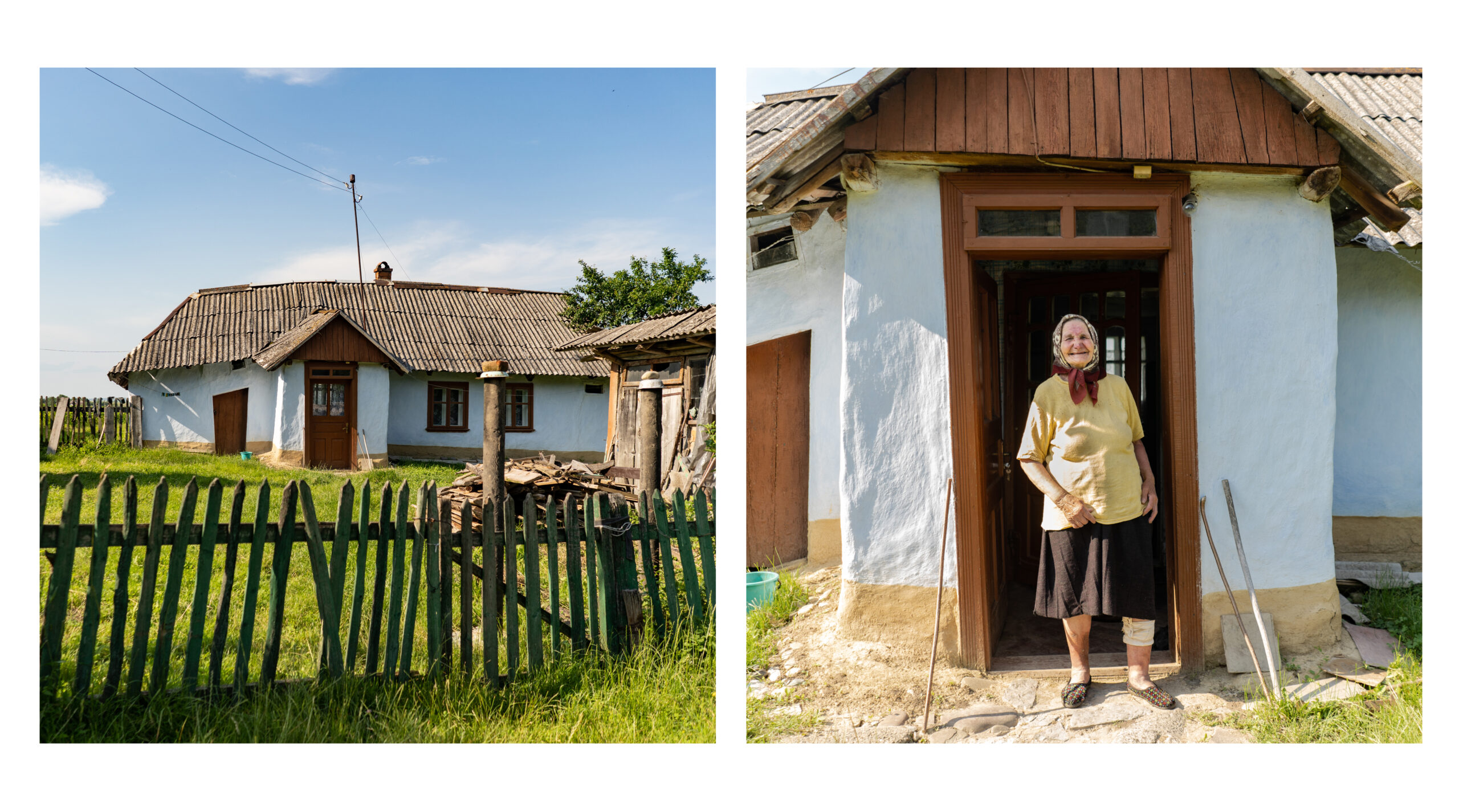
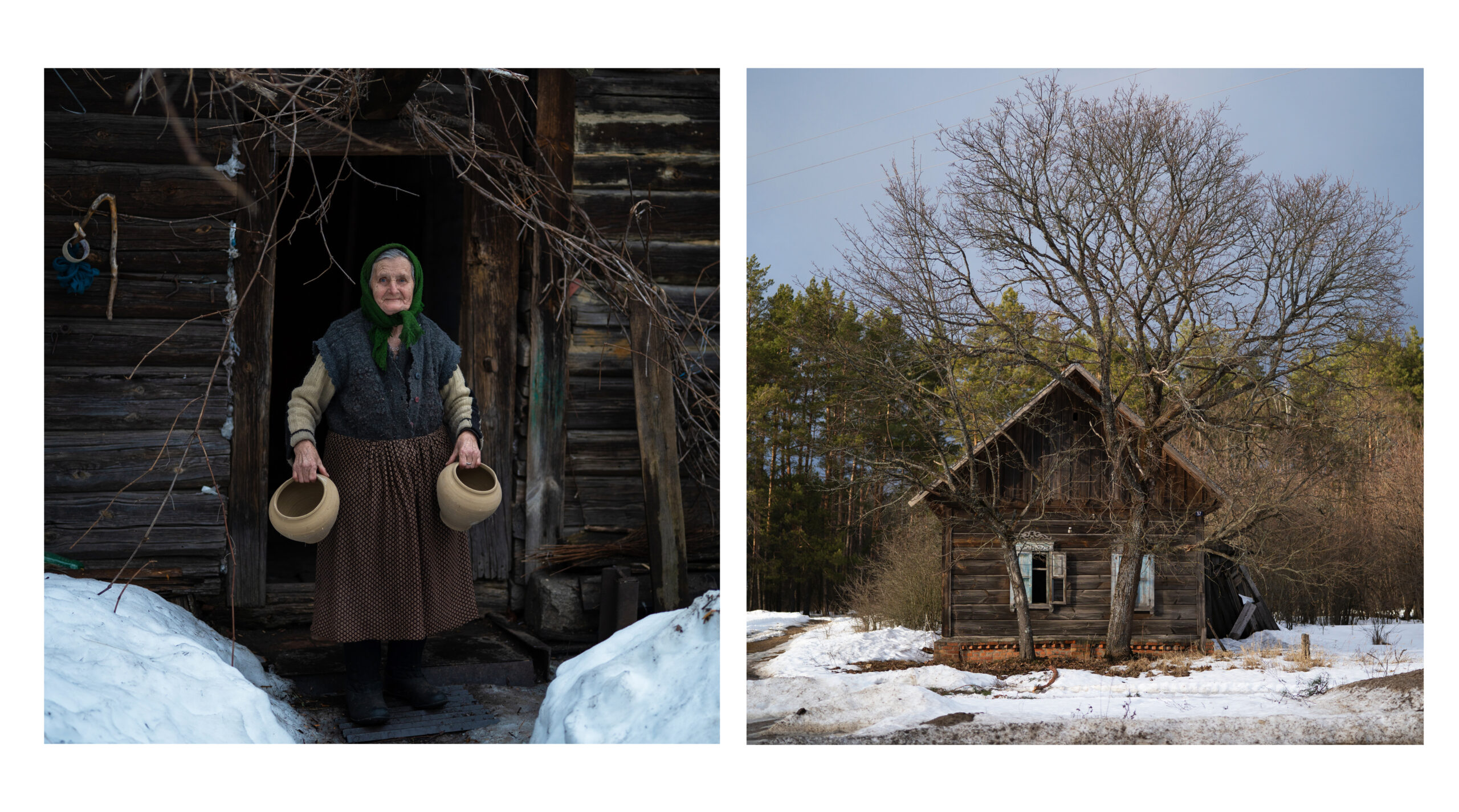
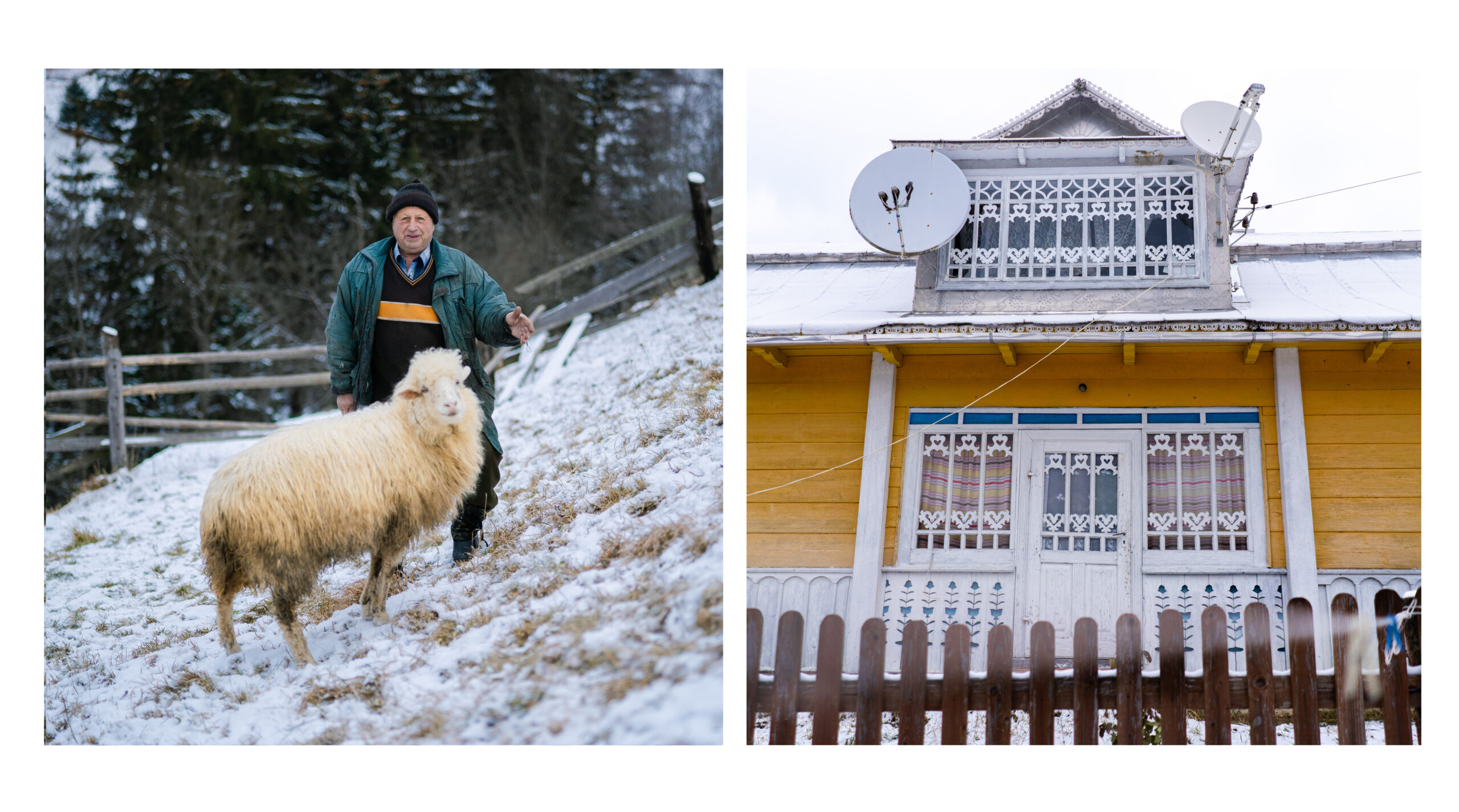
We would like the village house to become a conscious part of the cultural experience of modern Ukrainians: as an interesting heritage, as a work of folk art and as part of everyday life. It is important not to reject it as ‘obsolete,’ but to accept and perhaps find inspiration in it.
Our villages are changing, life is speeding up, old houses are disappearing—and that is why we are involved with the Old Khata documentary project. We want to capture the diversity and current state of rural architecture, and with it the Ukrainian countryside. Today in the countryside we can still see how the ‘slow’ pre-information life is intertwined with the present. And it is important to capture this moment now, while there are still such houses and people who are able to talk about their lives in them.
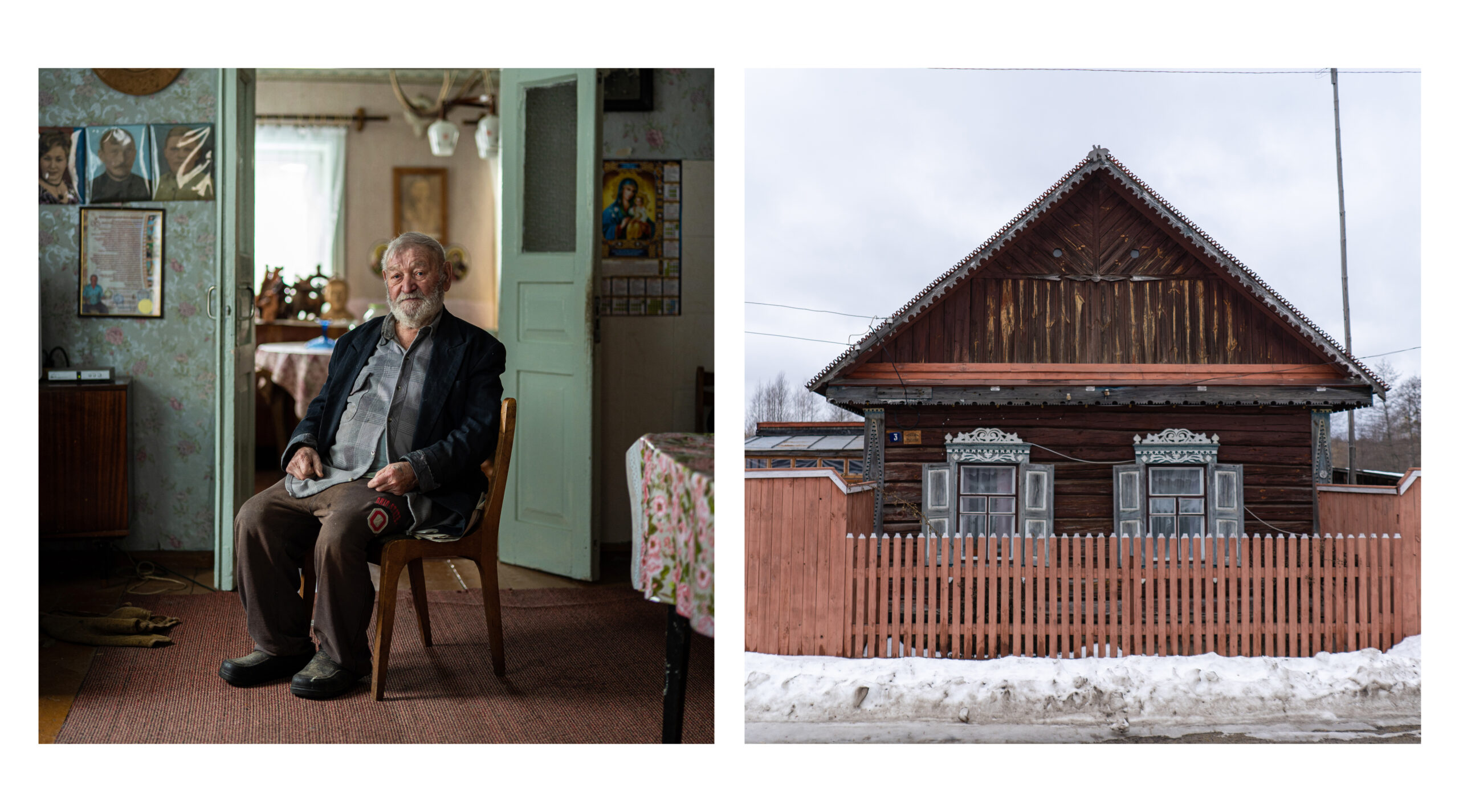
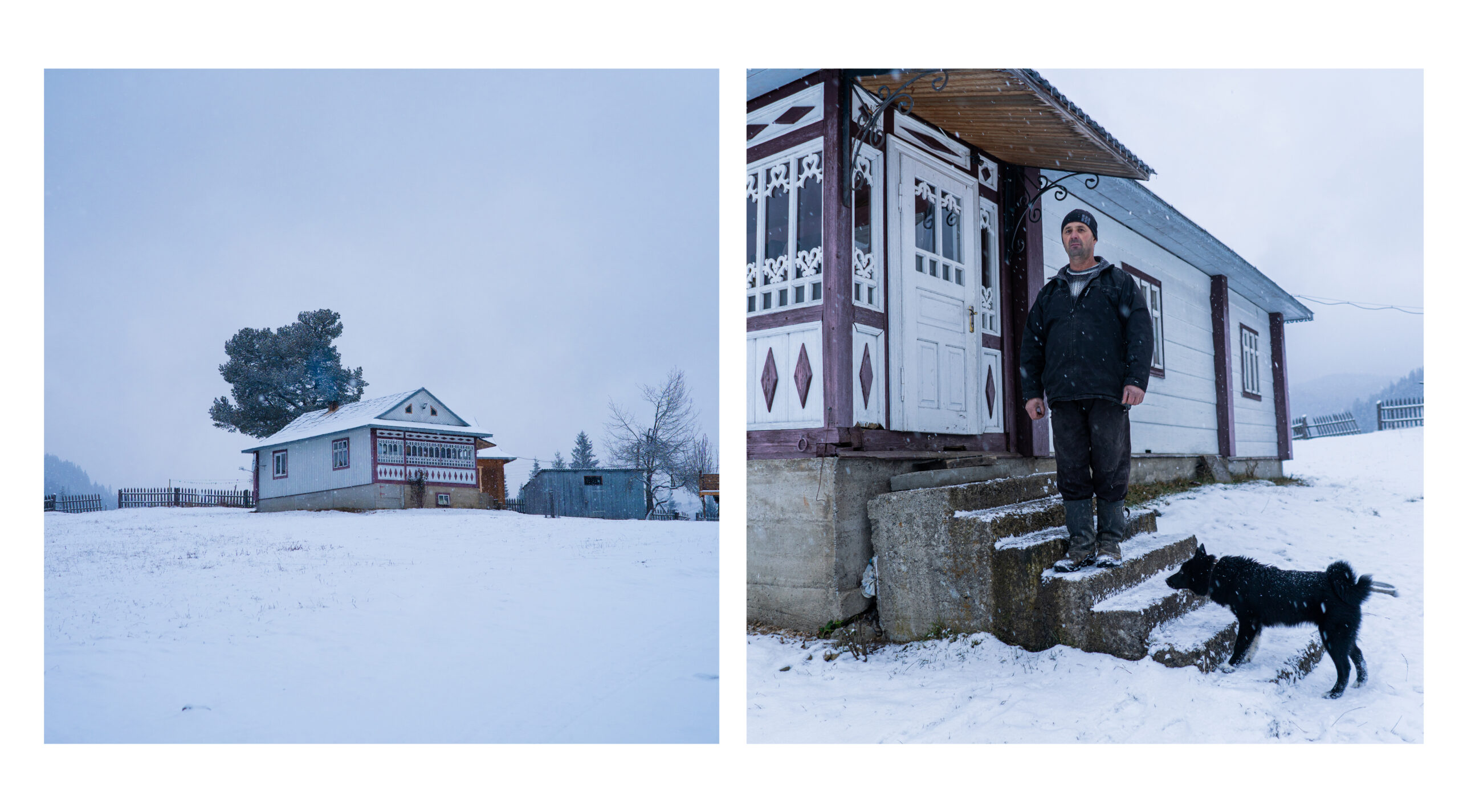
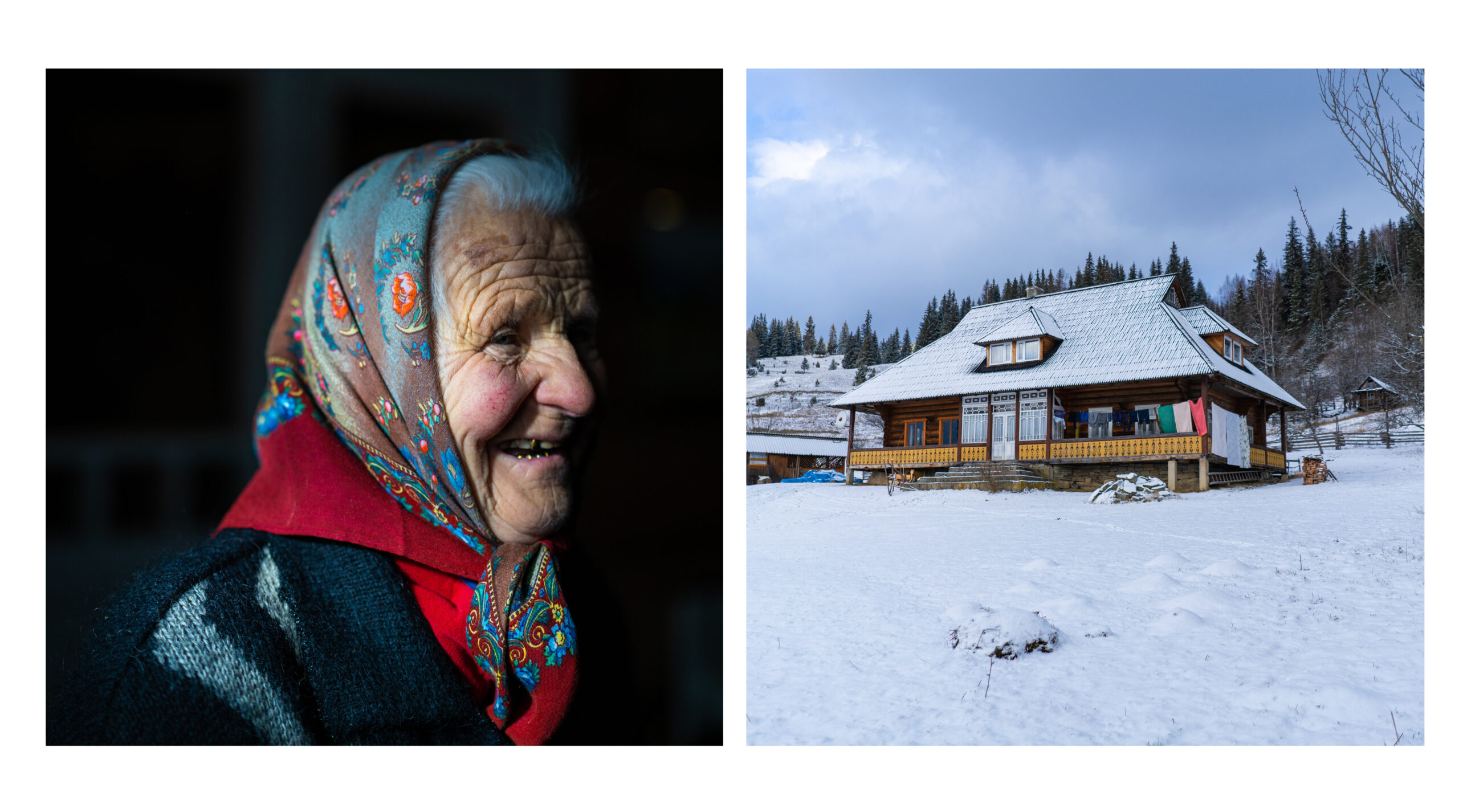
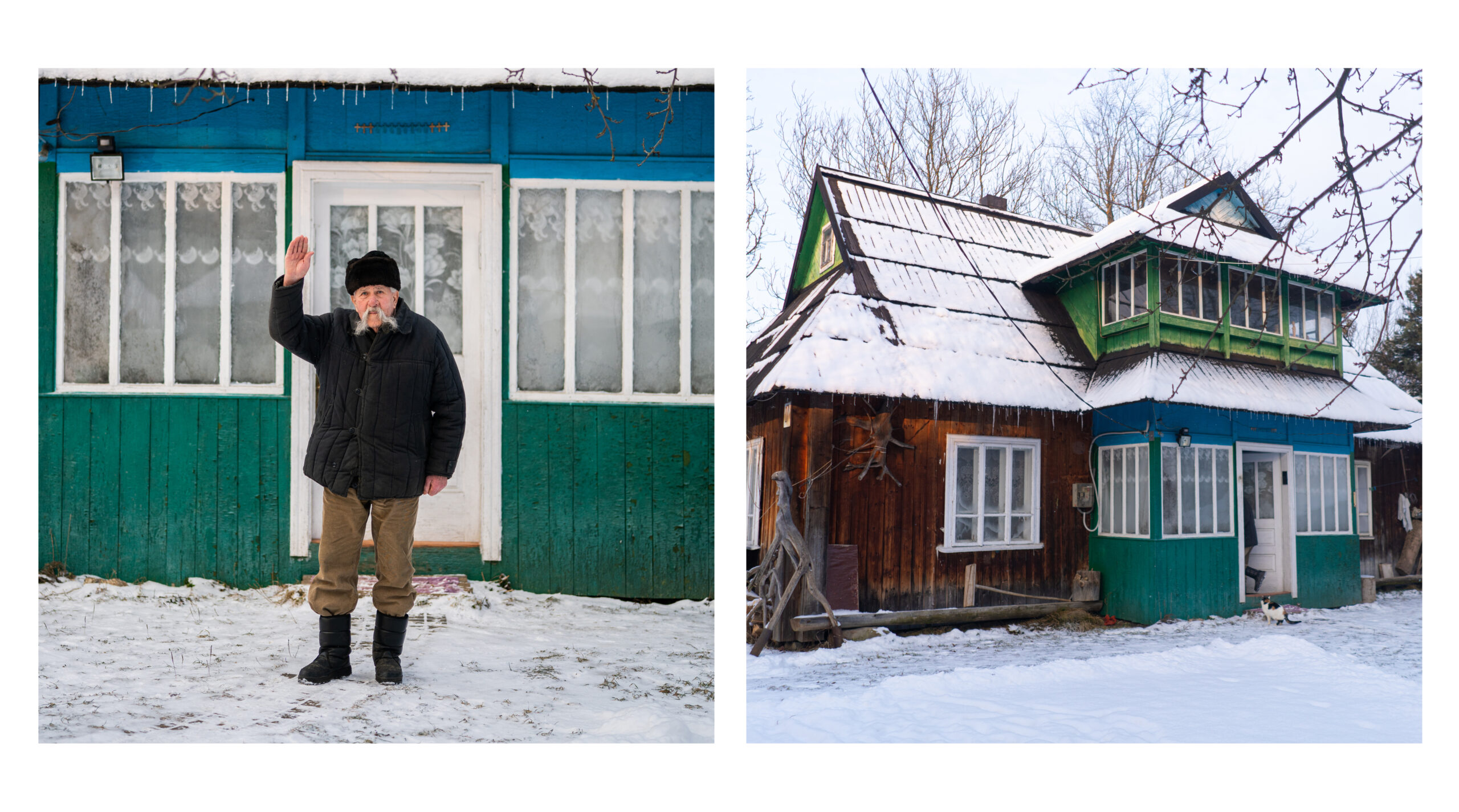
This summer we are going on a grand tour to all the regions of Ukraine to take photos and record the stories of the owners of old Ukrainian houses. The most interesting ones will be published in a photo book. Funds for the tour are being raised with the help of crowdfunding at Spilnokosht. And now we are offering a selection of photos that have already been taken this year.”
[This publication was created with support of the Royal Norwegian Embassy in Ukraine. The views and opinions expressed in this publication are those of the authors and do not necessarily reflect the official position of the Norwegian government].
Have read to the end! What's next?
Next is a small request.
Building media in Ukraine is not an easy task. It requires special experience, knowledge and special resources. Literary reportage is also one of the most expensive genres of journalism. That's why we need your support.
We have no investors or "friendly politicians" - we’ve always been independent. The only dependence we would like to have is dependence on educated and caring readers. We invite you to support us on Patreon, so we could create more valuable things with your help.
Reports130
More